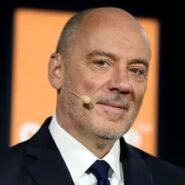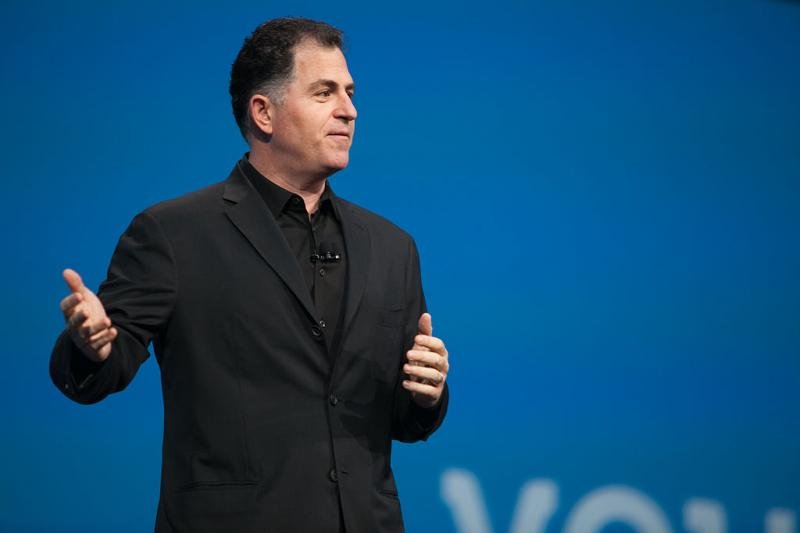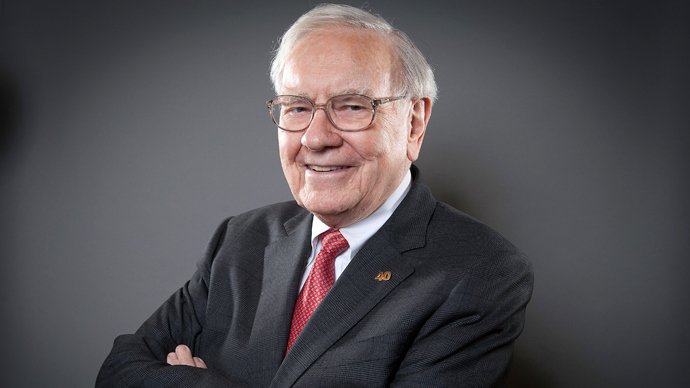Michael Saul Dell was born on February 23, 1965, in Houston, Texas. Unlike many high-achieving entrepreneurs, his early years in school were marked not by academic excellence but by a lack of interest in formal education. At the age of eight, his parents enrolled him in a special exam to skip ahead in school, aiming to fast-track his studies. Even then, Dell’s ambitions were already directed elsewhere — toward business and technology.
By the age of twelve, he was already showing signs of his entrepreneurial instinct, starting a stamp and baseball card trading business. Two years later, he received his first computer, an Apple II, and began to take it apart to learn how it worked. This hands-on curiosity laid the foundation for what would become a lifelong pursuit.
His unique success lies in the combination of business acumen and a deep understanding of computer hardware. While enrolled at the University of Texas at Austin, he started building and selling customized PCs directly to consumers. The model was simple but revolutionary at the time: bypass retailers, offer lower prices, and provide better customer service. In 1984, at just 19 years old, he officially launched “PC’s Limited,” which would soon become Dell Computer Corporation. That same year, the company generated more than $6 million in revenue.
By 1985, the company had developed and released the Turbo PC — its first in-house design — marking a departure from assembling systems from third-party components. Within a year, Dell had more than 30 employees. At just 20 years old, he was already leading a rapidly growing tech company from Austin.
In 1988, Dell took the company public, and by the end of the decade, sales had already surpassed $500 million. During the early 2000s, fueled by the rise of e-commerce, the company began generating $50 million in online sales per day, becoming one of the largest PC manufacturers in the world.
Still, the journey was not without setbacks. In 1993, the company experienced one of its most difficult periods. Customer satisfaction declined, new models failed to gain traction, and operational issues began to surface. Dell responded by bringing in experienced managers and rethinking the company’s internal strategies. This period of reflection and adjustment allowed the company to recover and continue its growth.
In 2004, Michael Dell stepped down as CEO, passing the role to Kevin Rollins, though he remained actively involved as chairman. His departure marked the beginning of a transitional period for the company. Despite initial assurances that little would change, Dell would return as CEO in 2007, following a series of strategic missteps and declining market share under Rollins’ leadership.
Back at the helm, Dell led a massive transformation. In 2013, he took the company private again in a $24.4 billion buyout, arguing that the move would allow for long-term innovation free from shareholder pressure. Under his renewed leadership, Dell expanded beyond personal computers into enterprise solutions, cloud infrastructure, and cybersecurity.
In 2016, he orchestrated the largest tech acquisition in history: Dell merged with EMC Corporation in a deal valued at $67 billion. This marked Dell Technologies’ entrance into a new era — no longer just a PC manufacturer, but a full-spectrum provider of IT services and solutions.
Michael Dell is now regarded as one of the most influential figures in the history of computing and one of the most successful entrepreneurs of the digital age. Married since 1989 to Susan Lieberman, with whom he has four children, he also leads the Michael & Susan Dell Foundation, a philanthropic organization focused on education, health, and family economic stability.
His story — from dismantling an Apple II in his bedroom to leading a multibillion-dollar tech empire — remains a powerful example of vision, adaptability, and resilience.
Preguntar a ChatGPT







